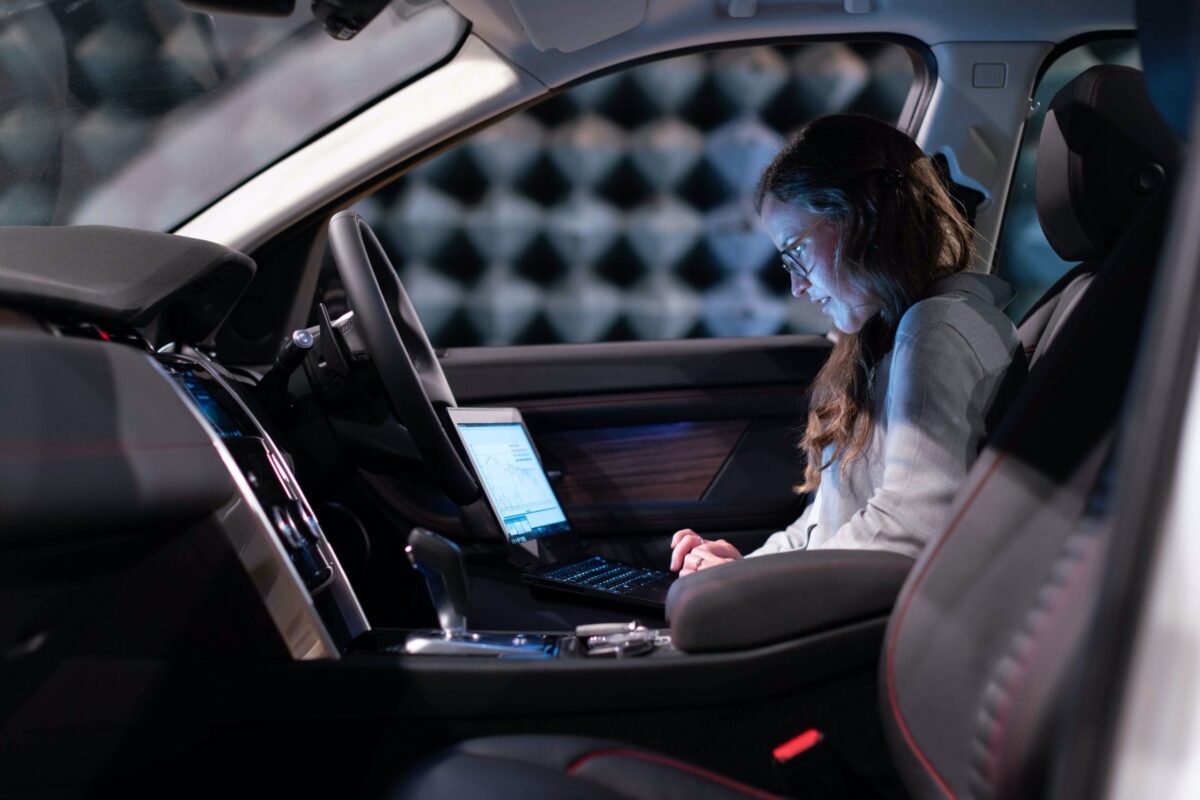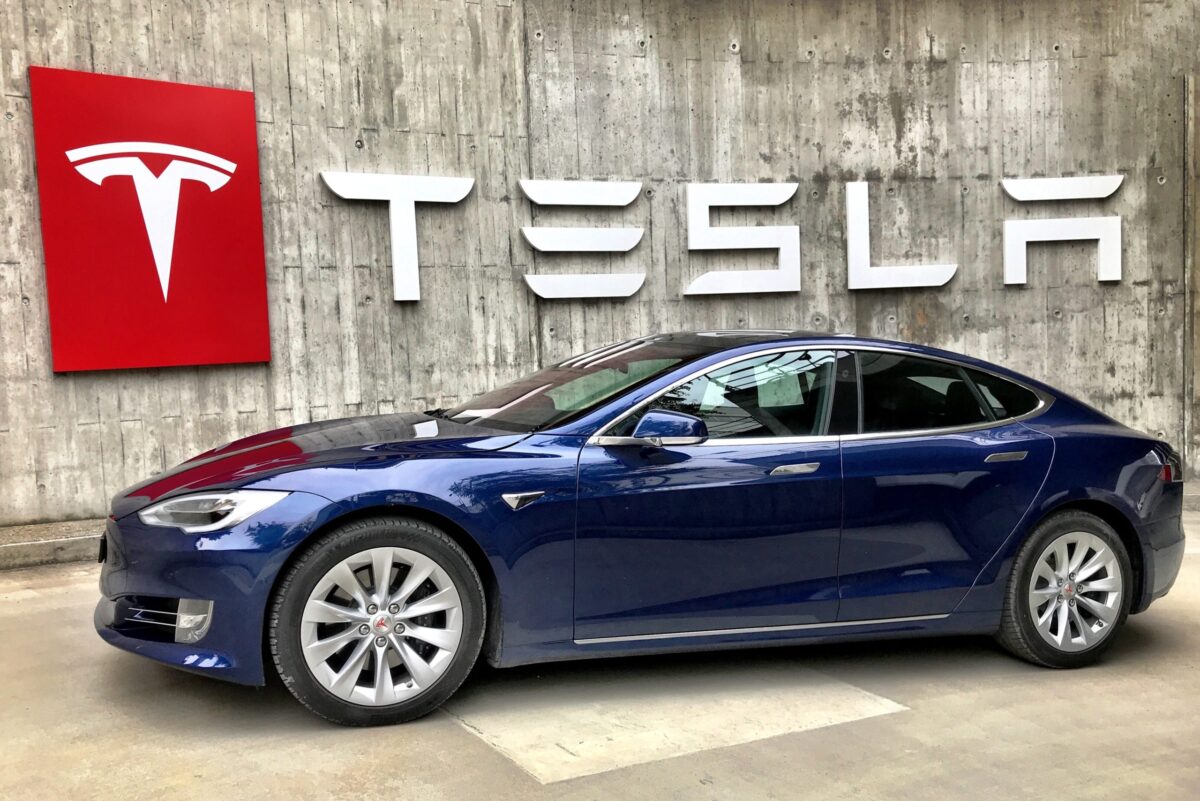

For the last several decades, we have been working hard at helping our company become an information age organization, finding new and better ways to distribute and display information. Having 24/7 access to email and web sites via our mobile devices, it’s hard to find any area in an organization that doesn’t provide access to information.
We receive more information than we can keep up with. Between numerous collaborative tools, memberships to multiple informative groups, subscriptions to paid and free information funnels, and being subject to mobile advertising, we’re literally drowning in information.
We must propel our organizations into the communication age to reach the next level of organizational excellence and to solve information overload.
Informing Versus Communicating
Informing is one-way, static, and seldom leads to action, while communicating is two-way, dynamic, and usually leads to action.
Ask yourself, “In our organization, are we better at informing than communicating?” The majority will answer “yes.” If you can’t communicate internally with your staff, how can you communicate to anyone externally? Do not stop informing people; start tapping into true communication. When you focus on maximizing two-way communications, you can create a communication age organization.
Fully embracing the communication age doesn’t erase the information age. You don’t want to erase the past; you want to move forward into the future. The “new” opens more options to innovate and lead. We did great at evolving into information age organizations, so we should move forth into the communication age in a similar fashion.
The Right Tool for the Job
Ironically, we have all these fantastic communication age tools, but we use them in an information age way due to our residual information age mindset. It’s time to learn how to use these tools in a way that advances the organization and promotes both internal and external communications. Here are suggestions that can help move your organization into the communication age.
- Know and learn how people communicate.
Not everyone communicates in the same way. It’s common for some to not return voicemails but return text messages. Likewise, people in different generations prefer different communication tools. The key is to understand how people like to communicate. People tend to use the communication tool they’re most comfortable with. Also, ask the other party how they prefer to receive communications. If your goal is to elicit some sort of action, you have to communicate in the manner that will allow the other party to respond.
Just as people communicate differently, they also learn and absorb information differently. Some people would rather listen to a book than read it. Knowing this, it is safe to assume that person would likely prefer voicemail over email. A person’s learning style mirrors his or her communicating style. Deliver the message in a way that ties into their learning style.
- Get social inside the organization.
Social media is all about communicating and informing. Before social media, the internet was solely for informing. Because of this shift to informing and communicating, it has been rapidly embraced by young and old alike. Companies should consider using these communication tools internally. Many social media platforms are great ways to connect employees across departments, regions, and countries. You can even have your own internal version of these popular social media platforms.
Reframing the use of social networking allows companies to increase communication, collaboration, problem solving, and competitive advantage with little cost. These tools are free or nearly free, making them accessible to organizations of any size. Embrace these tools and utilize them to enhance your communication of information that generates action and response.
- Create community.
Two types of online communities exist: communities of interest and communities of practice. A community of practice is a professional type of community where members share their knowledge and best practices.
A community of interest is an environment where people share similar interests or passions. You can even get granular when it comes to communities of interest to filter information. Perhaps you narrow down your car community to one that only includes people who drive a Dodge Challenger SRT Hellcat.
In your organization, you can set up virtual communities of practice in order to get people communicating ideas and sharing knowledge and expand it to diversify communication. For example, establish a community of practice for all the CEOs in your industry, which opens up the communication channels for enhanced dialogue and innovation industrywide.
Embrace the Future Today
These suggestions are aimed at improving communications rather than merely providing more information. You need to ask yourself how your organization can use these tools not only internally but also with your customers to enhance information and add communication.
Using today’s technology in a way that opens a meaningful dialogue will move your people to action and advance the organization to new levels of success.
Ready to see the future and plan with greater confidence?
Pick up a copy of my latest bestselling book The Anticipatory Organization. I’ll pick up the cost of the book if you pick up the cost of FedEx shipping. Go to www.TheAOBook.com to get your copy.




















